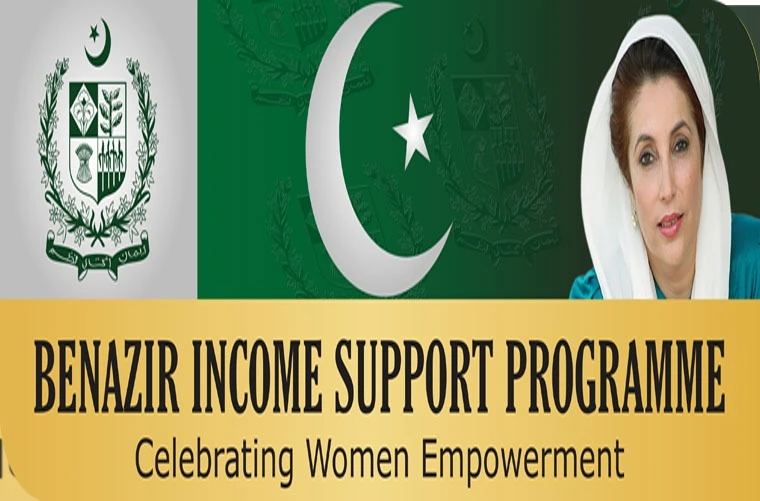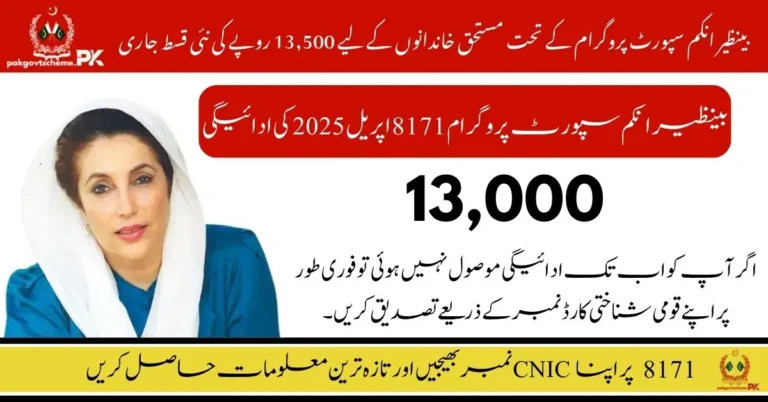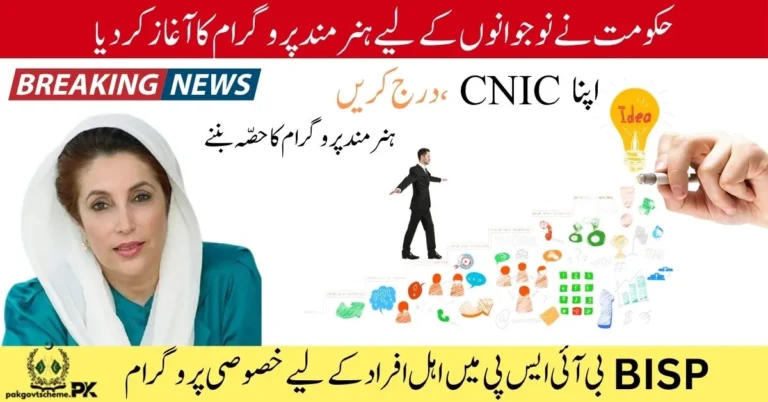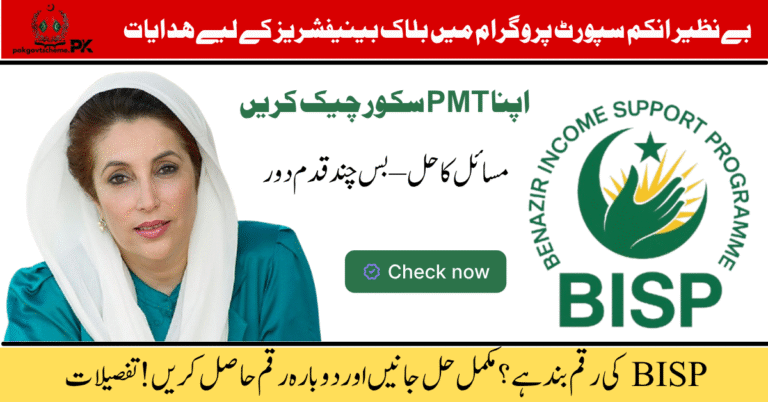BISP Budget 2025-26: Rs722.48B Allocated for BISP, Rs10.23B for Poverty Division
BISP Budget 2025–26, the Government of Pakistan has improved its allocation to low-income families in the federal budget of the year 2025-26 by increasing its expenditure on social welfare activities. Benazir Income Support Programme (BISP) has been given a total of Rs722.48 billion, and the Poverty Alleviation and Social Safety Division has been allotted Rs10.23 billion.
Such a step underlines the continuous attempts of the government to alleviate poverty and enhance the lives of millions of underprivileged citizens.
BISP Receives Record Allocation in 2025–26 Budget
The Benazir Income Support Programme is the mainstay of the welfare system in Pakistan. As Rs 722.48 billion has been allocated to BISP in the new BISP Budget 2025–26, the program is all set to cover more deserving families than ever. Among the major programs to be financed with the increased funding are the Benazir Kafaalat, Benazir Taleemi Wazaif, Benazir Nashonuma, and Benazir Undergraduate Scholarship.
Read More: Ehsaas 8171 Web Portal Reopening in June 2025 – What You Need to Know
What Is BISP and Why Has Its Budget Been Increased?
Understanding BISP
The biggest social protection programme in Pakistan is the Benazir Income Support Programme (BISP). It gives cash transfers to the women of poor households to help them sustain their basic needs. These are food, education for their children, and health care.
Why not Rs 722.48 billion?
BISP Budget 2025–26 has been raised to Rs 722.48 billion as compared to last year’s Rs 592 billion. This increase is to:
- Counter price increases and the cost of living
- Bring additional families within the Kafalat program
- Increase support for the widows, the disabled, and the marginalized
- Enhance digital payment, such as cellphone wallets and biometric authentication

Read More: 8171 Check Online Rs. 25000 June 2025 – Full Guide
Key Programs Under BISP to Benefit
1. Benazir Kafaalat
The flagship cash assistance initiative, Benazir Kafaalat, provides unconditional cash transfers to over 9.3 million low-income families. With the enhanced budget, the quarterly stipends are expected to rise, and the number of beneficiaries may cross 10 million households during BISP Budget 2025–26.
2. Benazir Taleemi Wazaif
This initiative provides conditional cash transfers to encourage school enrollment and retention among children of BISP beneficiaries. The government plans to increase the stipend amounts for girls and expand coverage to students in grades 1 through 12.
3. Benazir Nashonuma
Benazir Nashonuma addresses malnutrition in pregnant and lactating women, as well as children under two years old. With expanded funding, more districts will be added to this nutrition intervention program in collaboration with the World Food Programme (WFP).
4. Benazir Undergraduate Scholarship
The merit-cum-need-based undergraduate scholarship is designed to support youth from underprivileged families. The government aims to increase the annual number of scholarships and include more public universities in the scheme under the Higher Education Commission (HEC).
Read More: BISP 2025 Update – New Payment Check, Apply Online & Contact Helpline
Poverty Alleviation Division receives Rs 10.23 billion
In the BISP Budget 2025–26 the Poverty Alleviation and Social Safety Division has been given Rs 10.23 billion. This is on top of the BISP budget and will be allocated to fund policy design, research, data collection, and coordination across different government and non-government welfare organisations.
Key Projects Include:
- Support for nutrition programs (Nashonuma)
- Free meal programs (Langar Khanas)
- Shelters for the homeless (Panagahs)
- Microfinance support for small businesses
- Help for transgender persons, orphans, and daily wage earners.
Read More: Solar Panel Initiative 2025 by CM Punjab – Latest News & How to Apply
What do these imply to Qualified Families?
1. A larger number of people will be covered
It is very likely that with the increased budget, the number of families who were excluded in the past might now qualify under the poverty score system.
2. Simpler Payment Procedure
The investments will be carried out in:
- Quicker mobile system payments
- Improved visibility through SMS notifications
- Enhanced biometric screening to prevent fraud
3. Target Rural and Remote Locale
Particular consideration will be given to districts in:
- Balochistan
- Khyber Pakhtunkhwa
- South Punjab
- Gilgit-Baltistan
This will assist in covering more poor households in the underdeveloped areas.
Read More: CM Punjab Green Credit Scheme 2025 – Earn Up to Rs 1 Lac for Eco-Friendly Acts!
Challenges Ahead
Despite the increased allocation, challenges remain. These include:
- Ensuring accurate targeting of beneficiaries.
- Combating fraudulent practices and political influence in distribution.
- Strengthening the institutional capacity of local BISP offices.
- Aligning poverty alleviation efforts with job creation and skill development programs for long-term impact.
Read More: Prime Minister Hunarmand Kamyab Jawan Program 2025: Exclusive Guide On Application Process
Conclusion:
The allocation of Rs722.48 billion for BISP and Rs10.23 billion for the Poverty Division in the BISP Budget 2025–26 sends a clear message: the government is prioritizing inclusive and equitable growth. With better targeting, technological innovation, and strong oversight, these funds have the potential to uplift millions of vulnerable Pakistanis and pave the way for a more socially just society.







